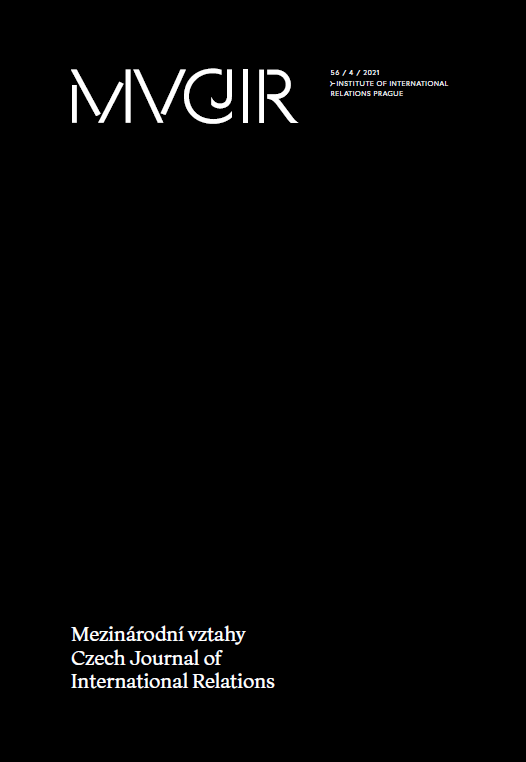NATO between Exclusivity and Inclusivity: Measuring NATO’s Partnerships
NATO between Exclusivity and Inclusivity: Measuring NATO’s Partnerships
Author(s): Branislav MičkoSubject(s): Politics / Political Sciences
Published by: Ústav mezinárodních vztahů
Keywords: NATO; partnerships; international relations; regression analysis; power; democracy
Summary/Abstract: Building on an original dataset, this article focuses on the interactions between NATO and its declared worldwide partners. It argues that the analysis of these interactions can reveal NATO’s strategic approach to partnerships, but it can also provide a tool for its classification as an organisation that is either exclusive – defined by the focus on defence of its members, or inclusive – emphasising the global protection of democracies and human rights. The relationship between types of interactions and NATO categorisation is estimated using an unconditional negative binomial regression with fixed effects as well as a within-between (hybrid) model. Furthermore, they are illustrated on two brief case studies of Sweden and Japan. The results of the study suggest that NATO engages primarily with countries that are powerful relative to their neighbourhood, even though they are not the most powerful among the partners. The given country’s level of democracy, integration into the international institutions, and stability, do not seem to play any overarching role here.
Journal: Mezinárodní vztahy
- Issue Year: 56/2021
- Issue No: 4
- Page Range: 7-39
- Page Count: 33
- Language: English

